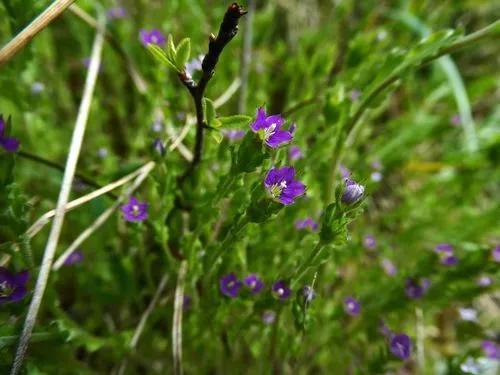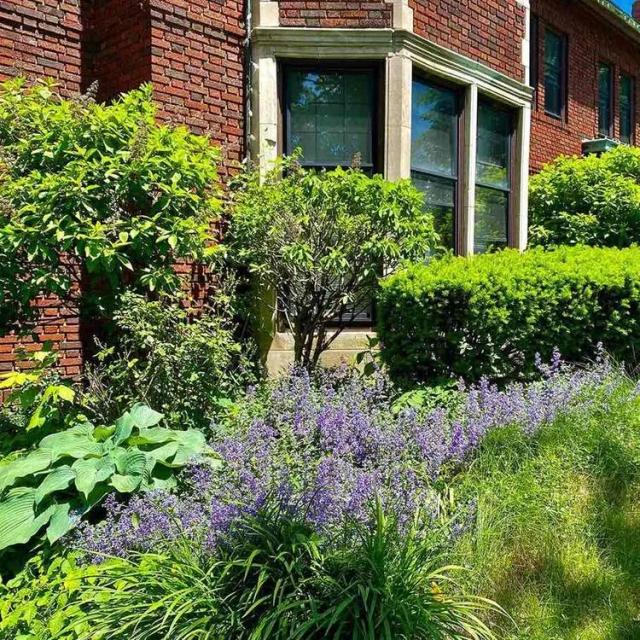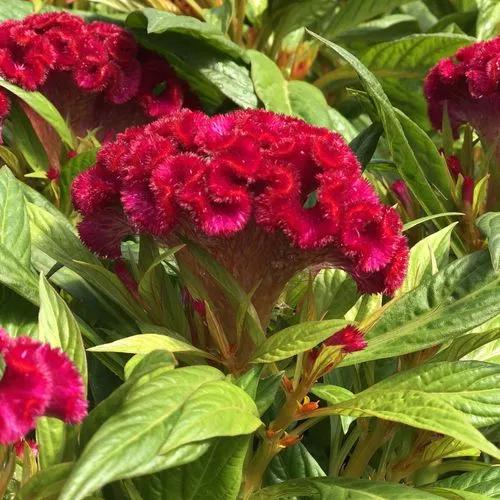Completely unusual, Dendrobium nobile is one of the most beautiful Orchid species in the world. Its dense and variegated flowers will add color to any dwelling or outdoor space.
Noble Dendrobium Care
Dendrobium nobile



Commonly known as Dendrobium nobile, Noble Dendrobium is a perennial member of the Orchidaceae family. This flowering plant is native to southern China and Indochina. Noble Dendrobium is one of the most popular Orchid species widely cultivated at home. Its ornamental two-colored flowers vary from white to pink and purple. This flowering plant blooms in winter and summer when other plants are dormant and produces several flowers consisting of 6 ovate-shaped waxy petals. As for its size, Dendrobium Noble can reach up to 12 inches (30 cm) in height.
How to Care for the Plant

Water

It’s best to water this Orchid species twice a week during the warm period. Practice bottom watering for this plant. When winter comes, give Orchid a drink once a week.

Pruning

It’s important to prune the Orchid stalks at the base right after the plant finishes flowering to encourage new blooms the next season.

Fertilizer

Noble Dendrobium is a heavy feeder that would benefit from regular fertilizing. Nourish the plant twice a month during the spring-summer growing season with Orchid-specific fertilizer.

Sunlight

It’s best to keep the Orchid in a bright place with indirect sunlight. Orchids are protected from harsh sun by other plants in their natural environment, so our task is to create similar conditions. An east-facing window would be best for this flowering beauty.

Soil

This Orchid species feels best in a specialized growing medium combined for Orchids. It usually consists of medium-grade fir bark, peat moss, and perlite.

Propagation

Noble Dendrobium is usually propagated with Orchid keiki. They are baby plants that can be pruned and propagated as usual. Wait until the keiki develops more than 2 roots and several leaves, prune it with a sterile pruning tool, and plant it in a specialized potting mix.

Temperature

Coming from a mountainous area, the flower prefers a mild temperature of 64-77°F (18-25°C). It would also benefit from a higher humidity level, so it’s recommended to mist the plant’s foliage regularly or introduce a humidifier near it.

Container

Noble Dendrobium is not rootbound and doesn’t require a big pot. It should have drainage holes in the bottom to prevent waterlogging and be made of transparent plastic, preferably, as it helps to mimic the plant’s natural environment.

Fun fact

This species belongs to 50 fundamental herbs used in traditional Chinese medicine. It’s used to boost the cardiovascular system and treat illnesses like stomach disorders.

Popularity

34,488 people already have this plant 3,082 people have added this plant to their wishlists

Common pests

Mealybugs are the most common pests attacking Noble Dendrobium. As soon as you notice any signs of infestation, treat the plant with an insecticide or neem oil.

Frequent diseases

Noble Dendrobium can suffer from a number of fungal diseases like root rot, botrytis petal blight, black rot, and anthracnose. It’s important not to overwater the flower to avoid such issues. If the plant gets infected, remove the damaged parts and treat the Orchid with an insecticide.

Botanist’s tips

Discover more plants with the list below
Popular articles






